
Top 5 handicraft materials in Vietnam
If you're seeking popular materials for your next handicraft project, Vietnam is a country worth exploring. Below are five of the most popular handicraft materials used in Vietnam
Your ideas are our inspiration. With our 10+ years of experience, we understand what your products need.
See our solutionsA 2000m² showroom & factory combined in Ha Nam, Vietnam. Where you can experience all products and explore the production process in the most authentic way.
schedule a visitWith the desire to create products suitable for modern world from natural materials, we want to share unique ideas at an affordable cost.
Download Catalogue PDFContact us today to discuss your ideas and discover how we can help you create something truly beautiful together!
Contact Us
Raw materials must be strictly selected to ensure finished products are high-quality.

We perform 100% inspection to sort out unqualified pieces.

Corporate Social Responsibility expands to the macro industry level.
VangLung Rattan was found in Ngoc Dong Traditional Handicraft Village, Hanam Province, Vietnam in 2002. Our company is one of the leading companies in Vietnam which is specialized in manufacturing and exporting handcrafted products for Home Living. We have more than 20 years experiences in producing, managing and quality control for handicraft products.
Read More


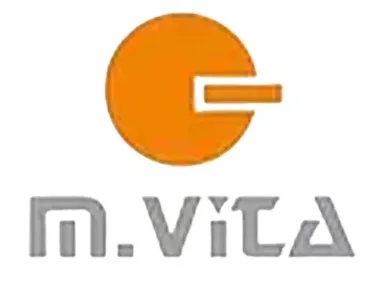

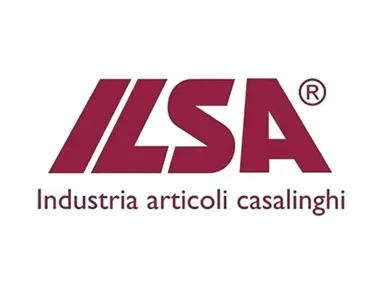


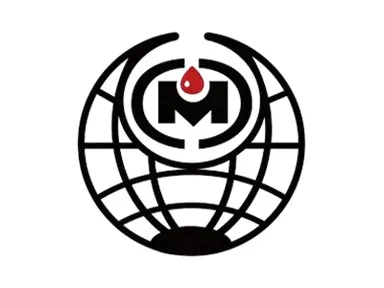


The Be & Pe Import company is very satisfied with the bamboo and rattan products, they are of excellent and very good quality. They are very accepted in my country. Here’s to more work together!

I recently purchased rattan products from Vang Lung in Vietnam and was thoroughly impressed. The quality was exceptional, the customer service was top-notch, and the products arrived promptly. If you’re seeking beautifully crafted rattan, Vang Lung is highly recommended.

Vanglung is a reliable, innovative and fast company that I have known for many years. It is always in pursuit of innovation with its new designs. It is a company that makes us very happy with the bamboo products that our customers in Turkey like very much.

We are extremely satisfied with the quality of your bamboo products. The products are exceptionally durable and aesthetically pleasing. We look forward to continuing our business relationship with your company.
The product quality is always the first care of all entrepreneurs in any field. Grasping this, EHM always tries to bring the highest-quality products and the most exceptional designs to our customers.
Get started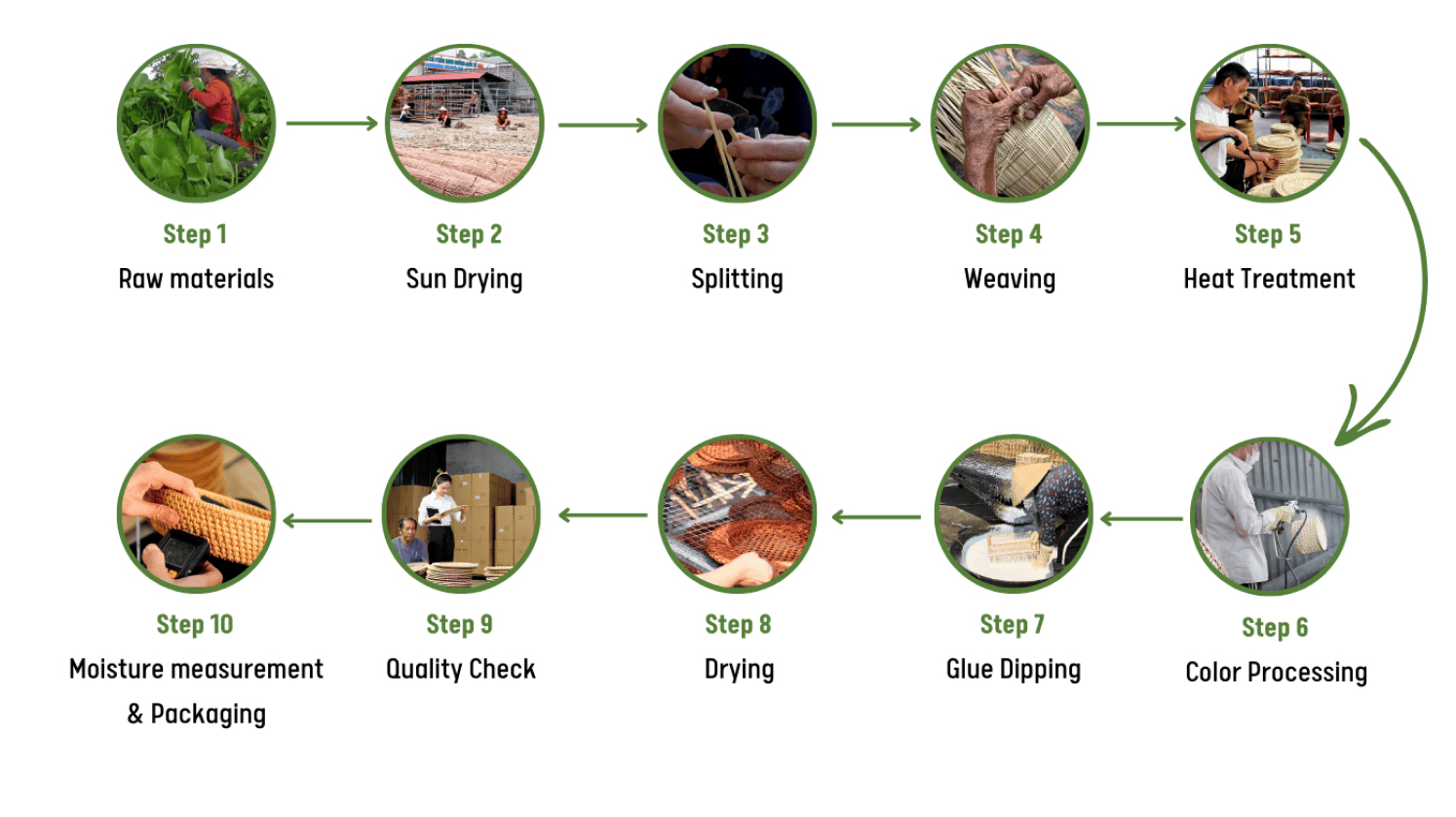
 Underplates
Underplates
 Tableware
Tableware
 Home decor
Home decor
 Storage basket
Storage basket
 Underplates
Underplates
 Tableware
Tableware
 Home decor
Home decor
 Storage basket
Storage basket
Every product we create reflects our dedication to quality and craftsmanship. Our team in Ngoc Dong village meticulously handcrafts each item, ensuring they meet the highest standards.
We pay attention to even the smallest details to guarantee product quality, maintaining a defect rate of just 2.5% of the total order quantity.
With our own Packaging Plant and strong partnerships with freight forwarders, we optimize packaging costs and reduce international shipping fees effectively.
Our efficient processes and strong relationships allow us to offer competitive prices without compromising on quality.
Over the past decade, we have built trust with numerous craft villages across Vietnam, offering a wide range of products to meet diverse needs.

 Production and Sourcing
Production and Sourcing
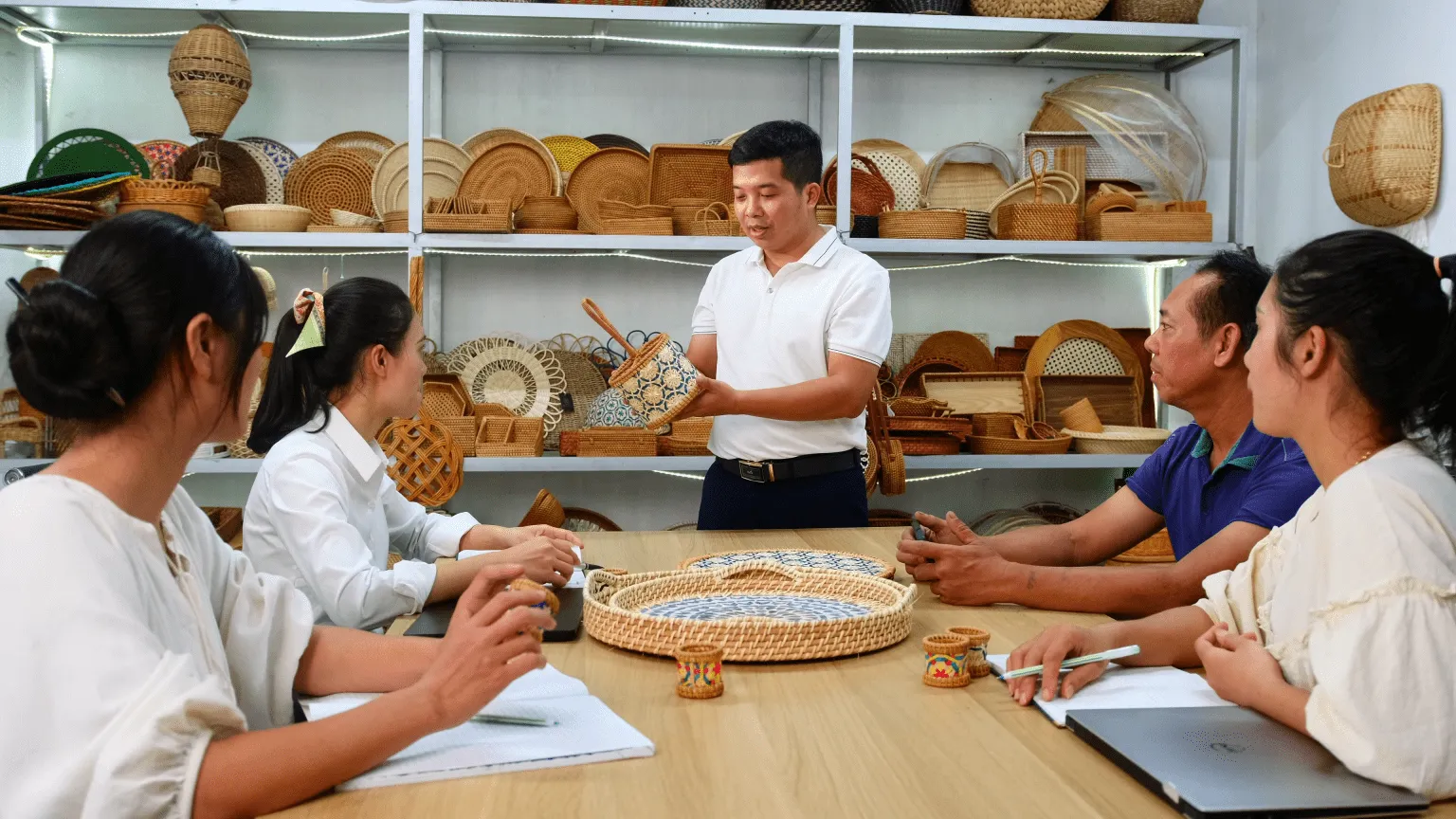 Design and Development
Design and Development
 Sustainability Consulting
Sustainability Consulting
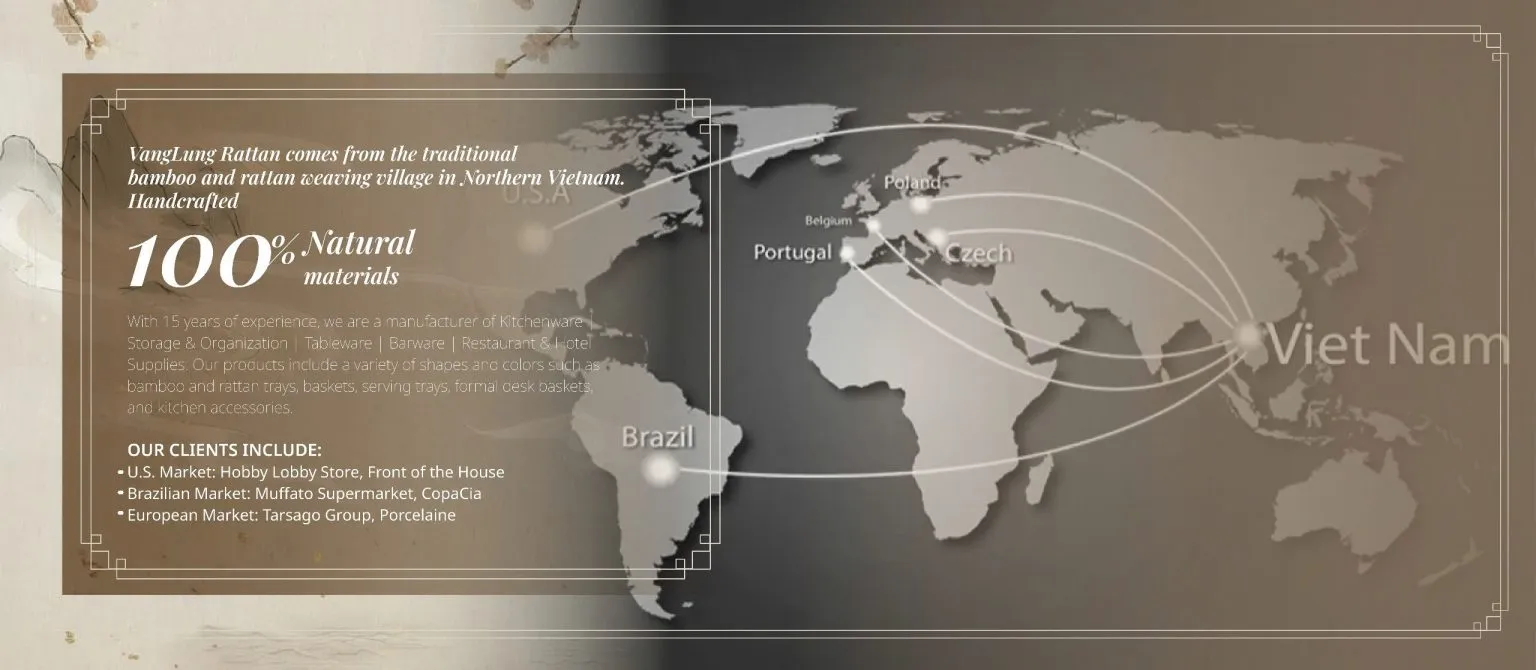

If you're seeking popular materials for your next handicraft project, Vietnam is a country worth exploring. Below are five of the most popular handicraft materials used in Vietnam

In an era where sustainability is no longer just an option but a necessity, bamboo stands out as a remarkable material that offers numerous benefits for manufacturing.

In today’s consumer market, the choice between handcrafted products and mass-produced items is more relevant than ever.